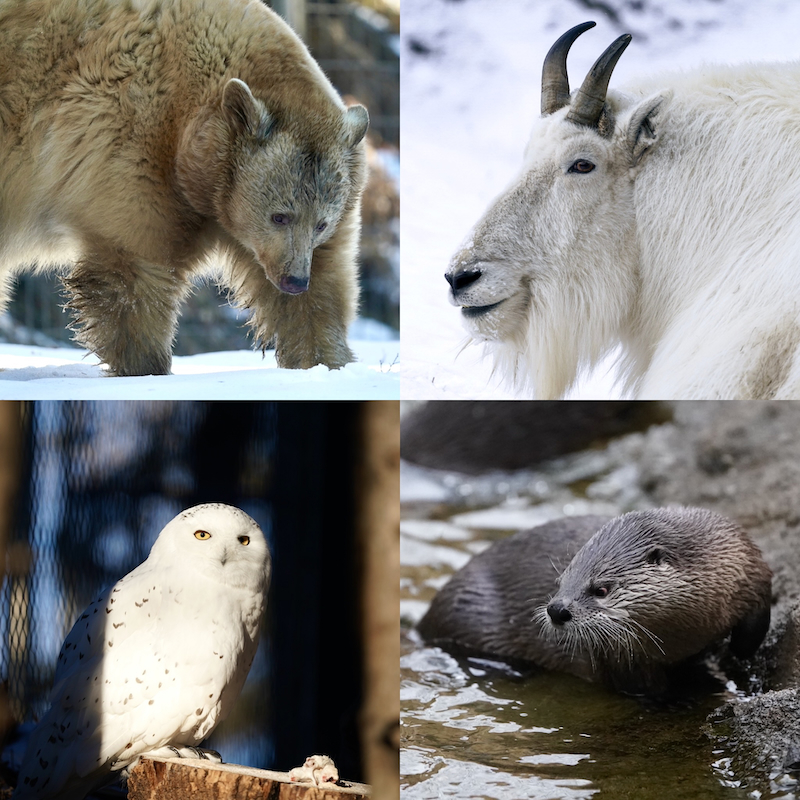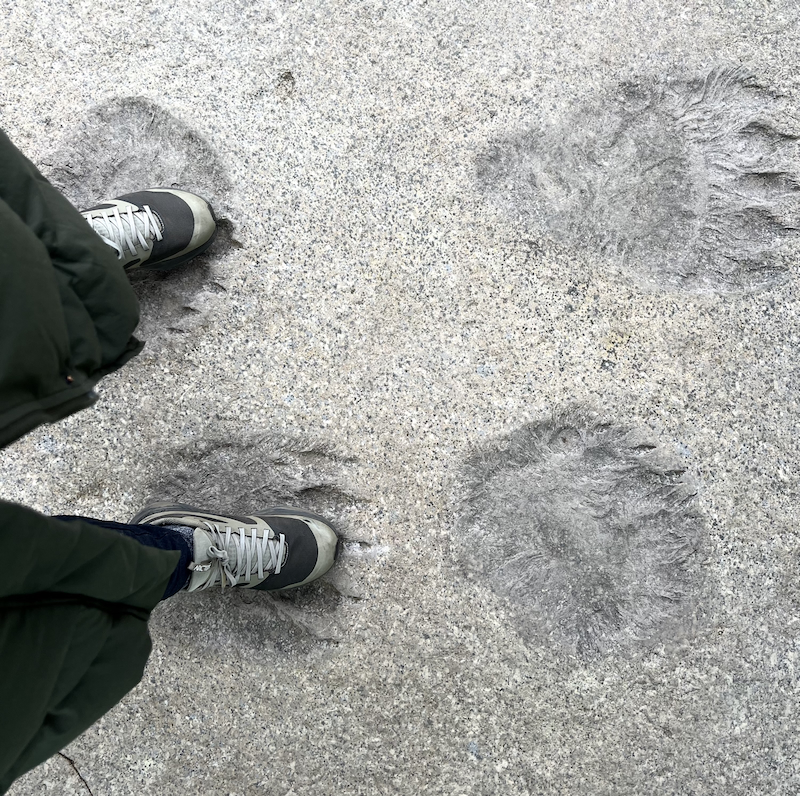Editor’s note: This post is a collaborative effort with the Wilder Institute/Calgary Zoo.
By Kim Gray
As I stand in front of the polar bear plunge pool, surrounded by a lively crowd of media, including parents with baby strollers and children wearing toques, I can’t help but feel nostalgic for my own little ones.
My husband and I spent countless days with our daughter and son at what is now the Wilder Institute/Calgary Zoo.
Nowadays, our kids have grown up and are pursuing their lives and careers on the West Coast of Canada, but there was a time when this beloved destination was a central part of our family life.
I wish my children were here with me today at this exciting preview of Wild Canada, a $42 million redevelopment of the zoo’s former “Canadian Wilds” area. This ambitious project exemplifies the organization’s ongoing evolution.
The stars of this 21-acre exhibit—now open to the public and showcasing seven ecological zones and 17 Canadian species—are two male polar bears named Siku and Baffin, who recently arrived in October 2023.
Both bears were relocated from Winnipeg’s Assiniboine Park Zoo after being rescued as orphaned cubs from northern Manitoba, too young to survive independently in the wild.
Baffin is putting on a spectacular show in the plunge pool, reminding spectators that polar bears, also known scientifically as Ursus maritimus or “sea bear,” are marine animals. With slightly webbed paws, they can swim for days in their Arctic habitat.
He blows bubbles the size of small balloons from his nose, performs somersaults, and gracefully dives beneath the surface of the water.
The audience erupts with cheers and gasps at his high-energy antics.
Baffin even swims up to the viewing window, locking eyes with the wide-eyed children who watch in awe.
Baffin swims up to Wild Canada’s polar bear plunge pool window, delighting the young audience before him. Photo by Kim Gray
Experiencing such a gentle interaction with the planet’s largest land carnivore is truly moving. This, it seems, is the intention behind the exhibit.
When I spoke with Lauryn Record, the senior strategist of interpretive planning and creative services at the zoo, she emphasized that a key objective of Wild Canada is to foster an “emotional connection” between people and wildlife.
According to Record, traditional interpretive programs tend to emphasize facts and science, whereas Wild Canada employs various interpretive strategies—including immersive design, Indigenous storytelling, and art exhibits—to enrich the visitor experience.
She explained that forming an emotional bond with the animals and their habitats nurtures empathy, which can inspire action.
“The species we care for serve as ambassadors for their natural habitats,” she stated. “For wild spaces to survive, humans must take responsibility for them. We can be the change-makers.”
She aims to help zoo visitors understand the broader picture, reminding them that these extraordinary animals coexist with us in Canada and that we share the responsibility for their conservation.

Wild Canada features 17 Canadian species and seven ecological zones, designed to transport visitors to iconic Canadian landscapes. Photos by David Gray
“We designed the Wild Canada experience to immerse visitors in iconic Canadian landscapes. Instead of merely visiting a Rocky Mountain goat habitat, you are venturing right into the Rocky Mountains. The otter habitat is crafted to feel as though it has been shaped by the Bow River, while the polar bear habitat evokes the essence of the Arctic tundra,” Record explains.
I was pleased to learn from Patrick Thompson, the animal care manager for Wild Canada, that Baffin and Siku’s new environment will provide them with numerous opportunities to express their natural behaviors.
“They like to climb and observe their surroundings, and they require plenty of stimulation,” he noted.
“We have plunge pools for them, along with interactive water features, including a deep shower, misting pillars they can walk through, and even a feature reminiscent of a children’s spray park, complete with bear-operated doors.”
Recent initiatives at the Wilder Institute/Calgary Zoo, as described by Laura Glick, the manager of conservation education, are part of a global movement aimed at inspiring conservation champions.
“Why should people support the zoo?” she asked. “It offers visitors a chance to marvel at wildlife and nature. Magical moments experienced here can lead to a lifetime of love for our natural world.”
There’s no doubt that the passionate individuals behind Wild Canada have ambitious objectives. Their programming is designed to educate visitors about the importance of biodiversity, the effects of climate change, and the complex survival challenges faced by iconic Canadian wildlife and natural habitats.
As a long-time supporter, I am genuinely impressed by the zoo’s commitment to restoring harmony between “wildlife and human life, together.”
It’s also encouraging to know that they currently have 88,000 memberships, reflecting the continued appreciation and support of Calgarians for the organization.
I can’t help but reminisce about those early days when my husband and I were sleep-deprived new parents who found solace at the zoo.
Back then, the Calgary Zoo was a place for us to stretch our legs and socialize with other young families. We welcomed the fresh air, and it was comforting to know our energetic kids had a safe space to play.
Of course, being surrounded by the wonders of the animal kingdom only added to the experience.
After my visit to Wild Canada, it’s clear that the zoo now offers even more to its visitors—a profound invitation to reflect on our place in the world around us.

The author explores polar bear footprints, which are as large as dinner plates, at Wild Canada. With their slightly webbed paws, these marine animals are exceptional swimmers. Photo by Kim Gray
Note to readers: The redevelopment of the Wild Canada zone was made possible through investments from the Taylor Family Foundation, Brawn Family Foundation, the Government of Canada – Canadian Heritage, Prairies Economic Development Canada, the Province of Alberta, the City of Calgary, and many generous donors, funders, and partners.
Toque & Canoe is an award-winning digital platform that features travel and culture stories from Canada and beyond. Follow us on Twitter/X, Instagram, and Facebook.



